KTM 390 Adventure vs 390 Duke: Comparison
Where the KTM 390 Adventure and KTM 390 Duke share a lot in common, the ADV goes one step further with its longer suspension travel, increased ground clearance, and additional features. So, is it worth the extra buck over its naked sibling? We find it out.
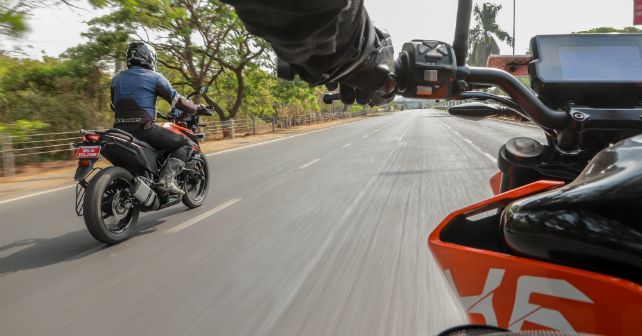
Longer suspension travel, increased ground clearance, additional features, and revised ergonomics – are these reasons enough to pick the KTM 390 Adventure over the 390 Duke? Based on the Duke platform, does the ADV really live up to its adventure aspirations? These are some of the many questions that needed answering. So, we brought the two together to find the answers.
These are strange times to live in, and you really become aware of that every time you browse the internet or read the news. Just a few weeks ago, Donald Trump said, in an interview, he would have the US opened up and running by Easter – a country where there were more than half a million positive cases of the coronavirus at the time. And it is one of the many preposterous things I have read in recent times. Speaking of preposterous things, I won’t be surprised if one of these days I come across an article titled, ‘Bar shattered after biker buddies had a falling out over the 390 Adventure’. The KTM 390 Adventure is the kind of motorcycle that can cause bar brawls between biker buddies. And it all boils down to one question – is it worthy of the ADV tag?
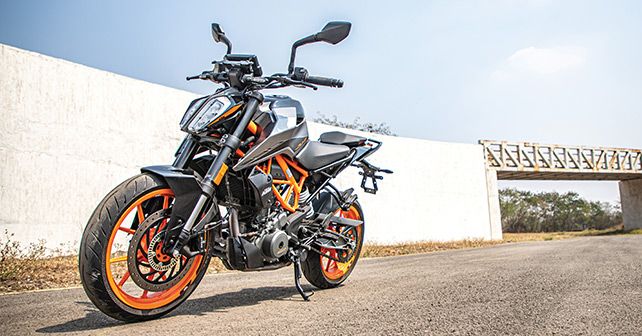
To be honest, there’s no short answer to this. You see, segment lines are getting blurred by the day. Take SUVs for instance. Gone are the days when only ladder frame offerings with four-wheel drive systems were called SUVs. Hell, some pseudo SUVs today are even based on the same platform as hatchbacks or sedans. In fact, anything with relatively high ground clearance and the right body stance gets that denomination. Although not to the same degree, motorcycles are similar too. Whether cars or motorcycles, platform sharing has become the motto primarily to keep costs in check. I can go on with the rant, but that’s a topic for another day. For now, let’s find out if the 390 Adventure is more than just a 390 Duke on stilts?
Disclaimer: Although we have ridden the 2020 KTM 390 Duke, we couldn’t get our hands on it for this shoot. Hence, for representational purposes, we used the 2017 390 Duke instead. Also, this shoot was executed before the lockdown.
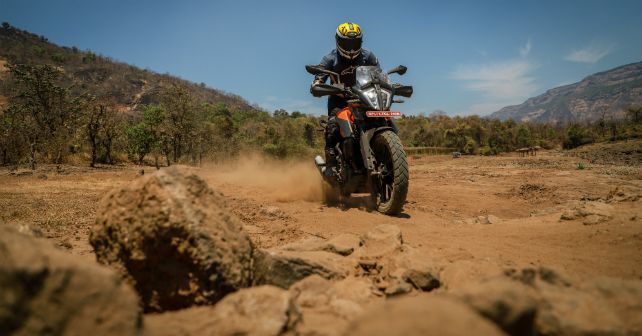
The Similarities
One of the biggest causes for apprehensions about the 390 Adventure’s off-road capability is the fact that it is based on the naked 390 Duke. Both motorcycles are based on the same trellis frame (sub-frame is different on the ADV though), engine, and gearbox. While the 373.2cc single-pot motor is extremely potent and makes the Duke an absolute hoot to ride, it doesn’t quite fit the ‘adventure’ bill as impressively. Here’s an ADV that makes its 42.3bhp at an insane 9,000rpm, and its max torque of 37Nm, too, comes at as high as 7,000rpm. In fact, the motor only comes into its own once you cross the 6,000rpm mark. Sure, in comparison, the BMW G 310 GS also makes its max power and torque at similar rpm, but let’s not forget that the baby GS too is based on a naked sibling.
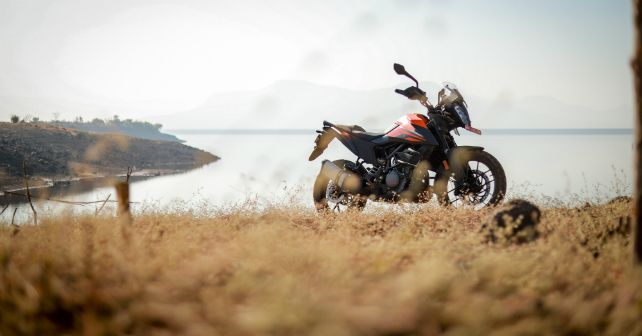
Any motorcycle with serious off-road ambitions makes a hefty amount of its max power lower in the rev range. Take the Triumph Tiger 800 for instance – it makes 70Nm of its max torque at as low as 2,500rpm. Even the more affordable Royal Enfield Himalayan offers better torque spread from just about 2,500rpm.
Coming back to the 390 Adventure, it even has the same final drive ratio as the Duke. Fitting it with a larger sprocket than its current 45T could have been a quick fix to its sheer lack of bottom-end grunt. With its current setup, the 390 Adventure feels almost as hyperactive as the Duke, something that doesn’t quite make off-roading a stress-free affair.
![]()
The Changes
Although KTM has not fidgeted with the engine, they have made noticeable changes all around. As you’d expect from an ADV, the 390 Adventure has long-travel suspension – 170mm of travel at the front and 177mm at the rear. It also sits on a bigger 19-inch wheel at the front. Both these changes have resulted in better ground clearance and raised seat height. In comparison to the Duke, the seating posture is upright and a lot more touring friendly. And then there are smaller changes all around that really add to its adventure credentials. It gets saw-toothed footpegs for better grip, a folding gear lever to prevent breakage in case of a fall, and some functional bits, like adjustable windscreen and a 12V charging socket.
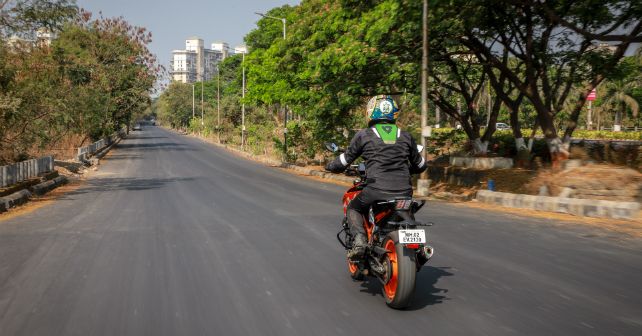
One of the major downsides of the 390 Duke has been its ineffective heat management. Since the model was first introduced in 2013, the motorcycle has been infamous for overheating in slow-moving conditions. KTM has improved it over the years, and the latest iteration of the 390 Duke is substantially better than before. Knowing that the Adventure will be used extensively for commutes and off-road trails, KTM has adopted a new curved radiator with two cooling fans that push hot air away from the rider.
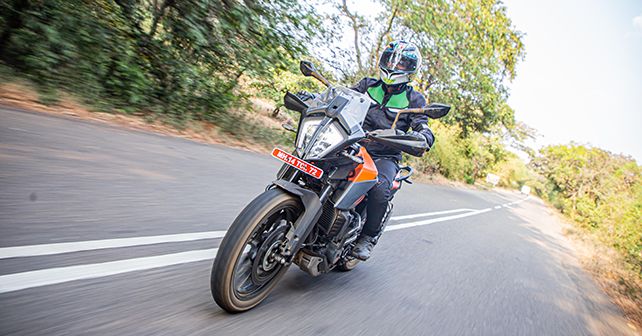
Riding Dynamics
Like I mentioned before, the 390 Duke and Adventure share the same engine and, therefore, in the performance department, they are more or less identical to ride. The Adventure is heavier than the Duke, but that makes only a marginal difference in terms of outright acceleration.
The dissimilarity between them is more prominent in the overall ride feel. The riding posture of the 390 Duke feels a bit cramped, especially during long-distance riding. In comparison, the Adventure’s posture is upright and a lot more relaxed for touring purposes. The adjustable windscreen further adds to the comfort factor. For the pillion, too, the 390 Adventure is more spacious – if you manage to climb upon it, that is.
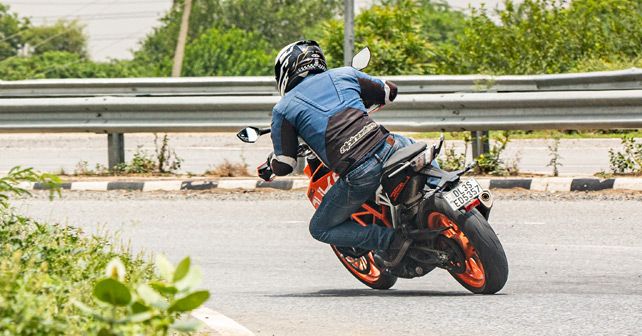
But the Duke really makes up for all the lost ground in the handling department. It is easily among the most flickable motorcycles in the sub-3 lakh price bracket. In comparison to the 390 Adventure, the Duke is lighter, has a shorter wheelbase, and lower ride height – all of which have a positive impact on its corner-carving capabilities. That’s not to say that the ADV doesn’t feel confident on a hill climb. The Adventure does feel planted, too, but it just isn’t as nimble as the Duke.
Both motorcycles sit on upside-down forks up front and a mono-shock setup at the rear – both have been set up on the firmer side. While it's something you can come to terms with on the naked, I’d have liked the Adventure to be a bit softer, especially given the kind of terrain it would have to tackle.
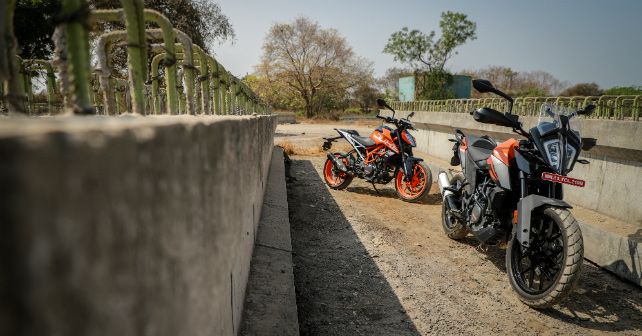
Final call
In terms of pricing, the 390 Adventure demands roughly Rs 48,000 more than its naked sibling. For the additional money, you a get a bunch of goodies like traction control, long-travel suspension, turn-by-turn navigation, and an adjustable windscreen. Above all, what you get is a motorcycle that is more comfortable and touring friendly. In that sense, the 390 Adventure sure is more than just a Duke on stilts and definitely worth the extra money. But for those who hoped that the ADV would be a stepping stone into the world of off-roading without compromising on your touring aspirations, it may seem rather anticlimactic. The nature of the engine doesn’t quite make the off-roading endeavours simpler, especially for a rookie. While it will tackle trails just fine, the 390 Adventure will highlight your limitations as a rider over hardcore rock climbs and off-road sections. Having said that, even with its imperfections, we’d pick the ADV over the naked for its versatility and our affinity for adventure.
Also Read:
KTM 390 Adventure vs Royal Enfield Himalayan BS6: Comparison
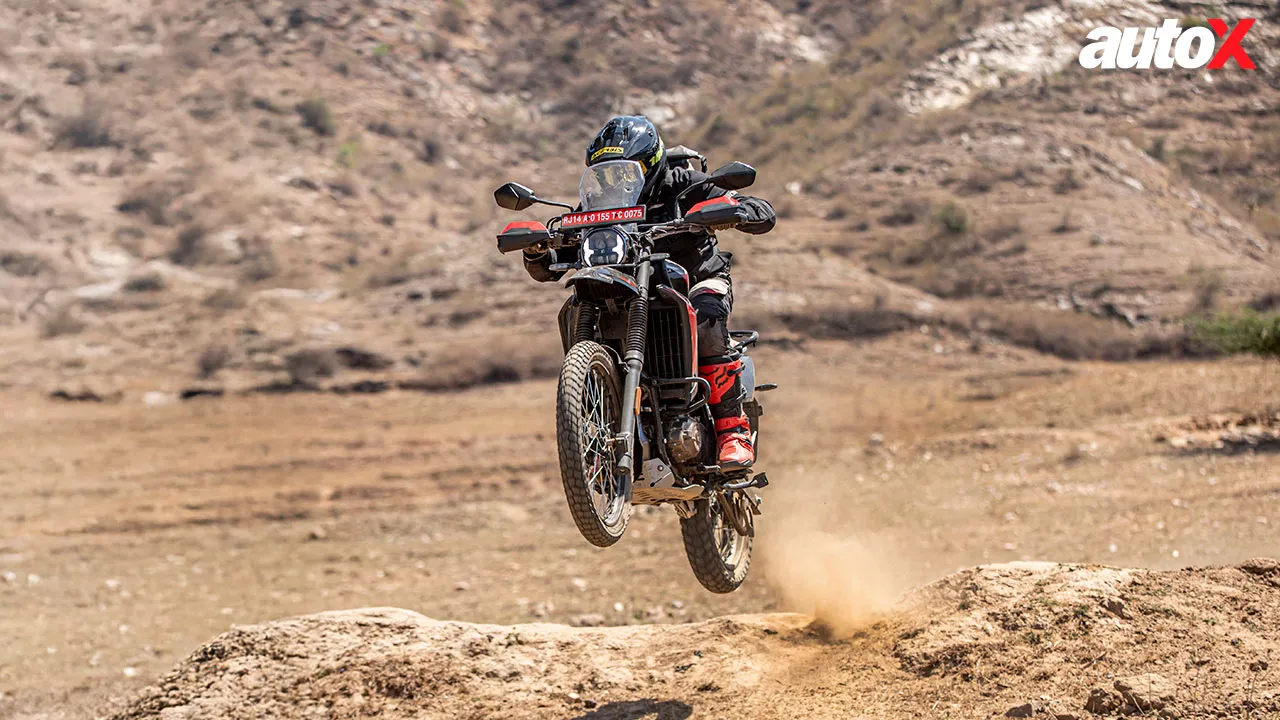
-(1).webp)
-(1).webp)
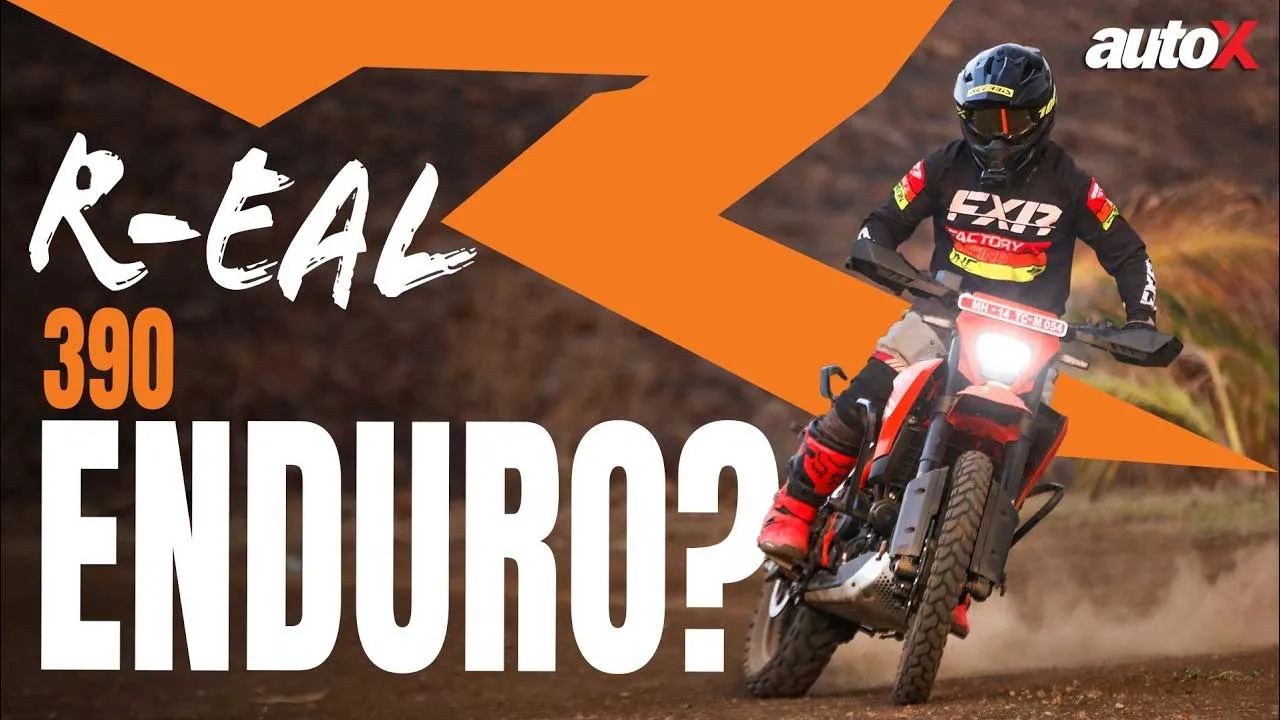
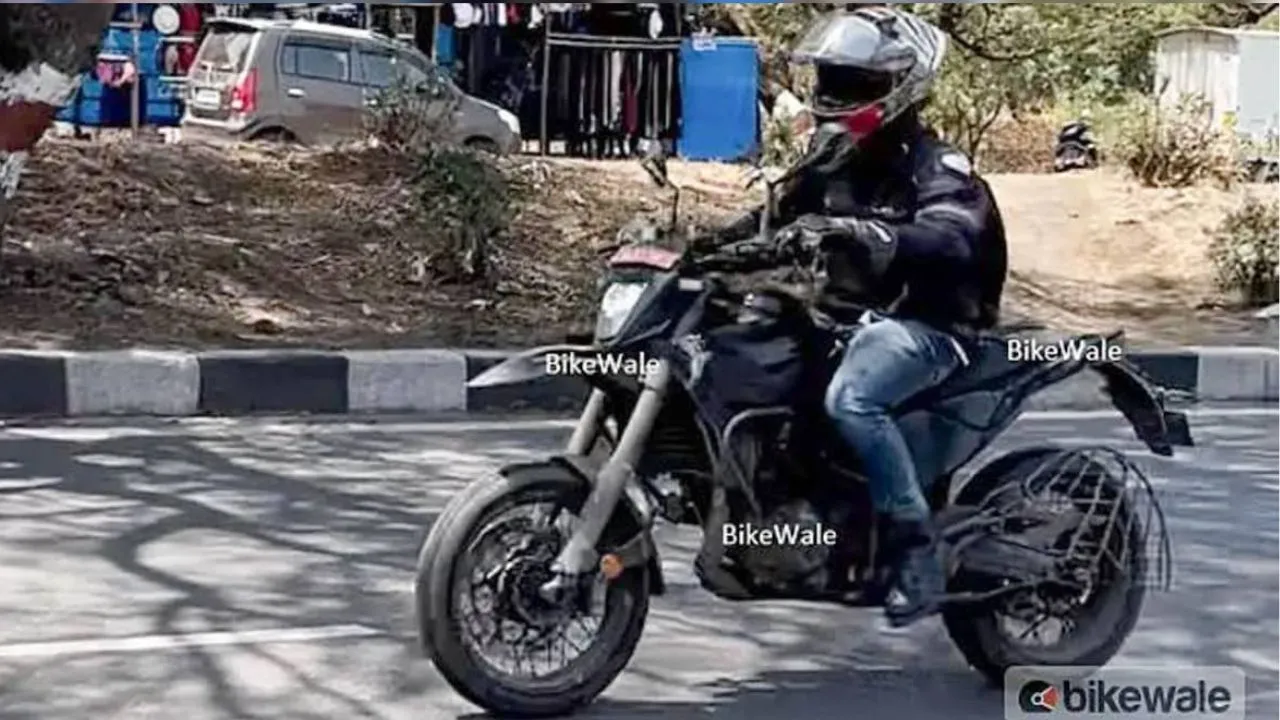
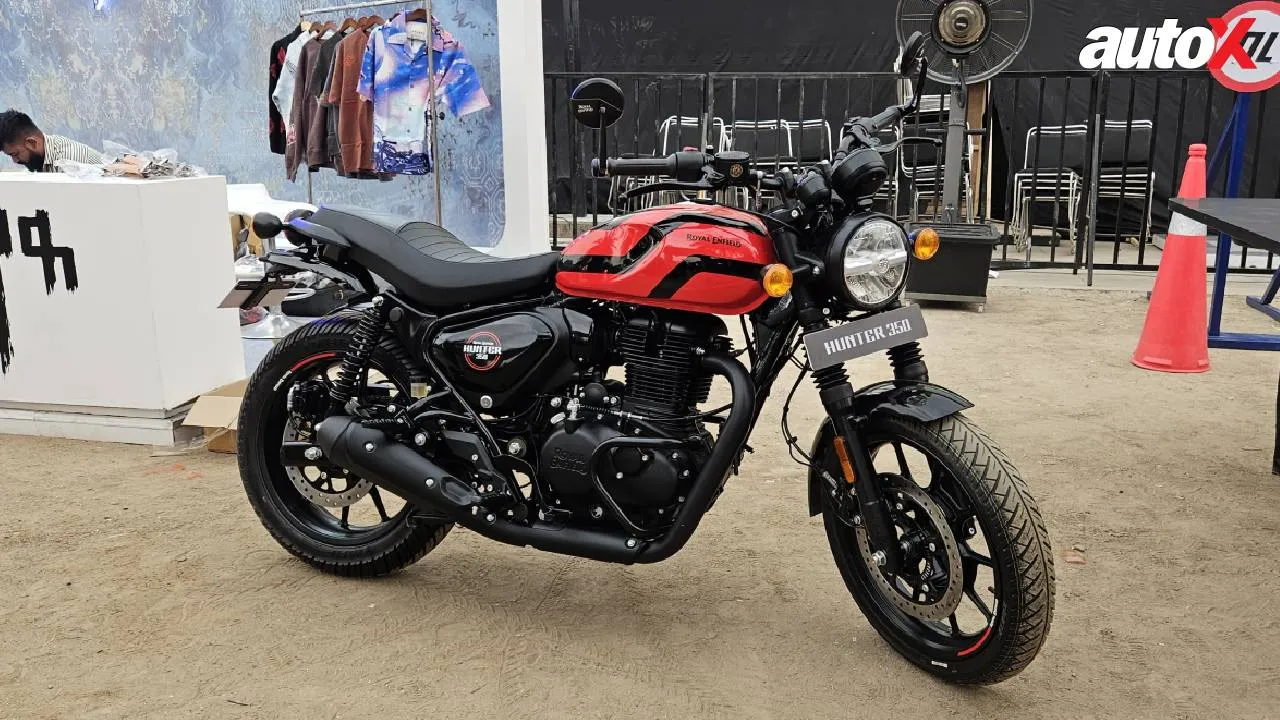
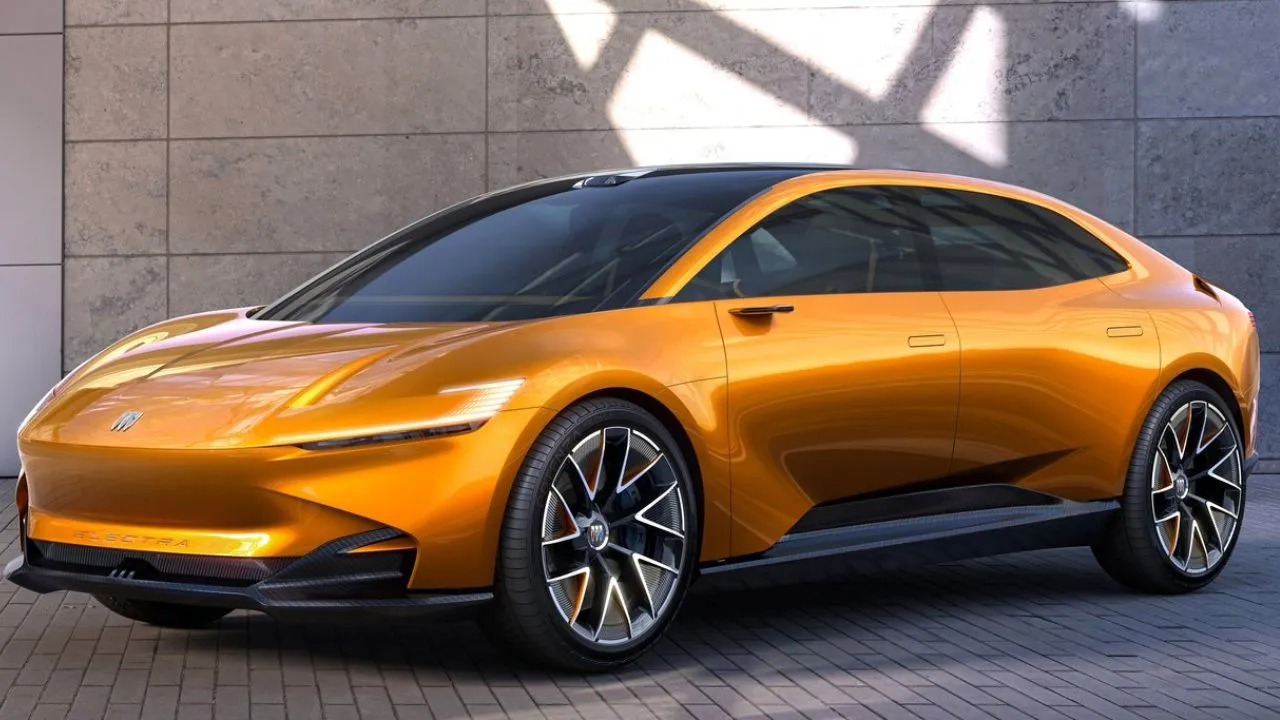
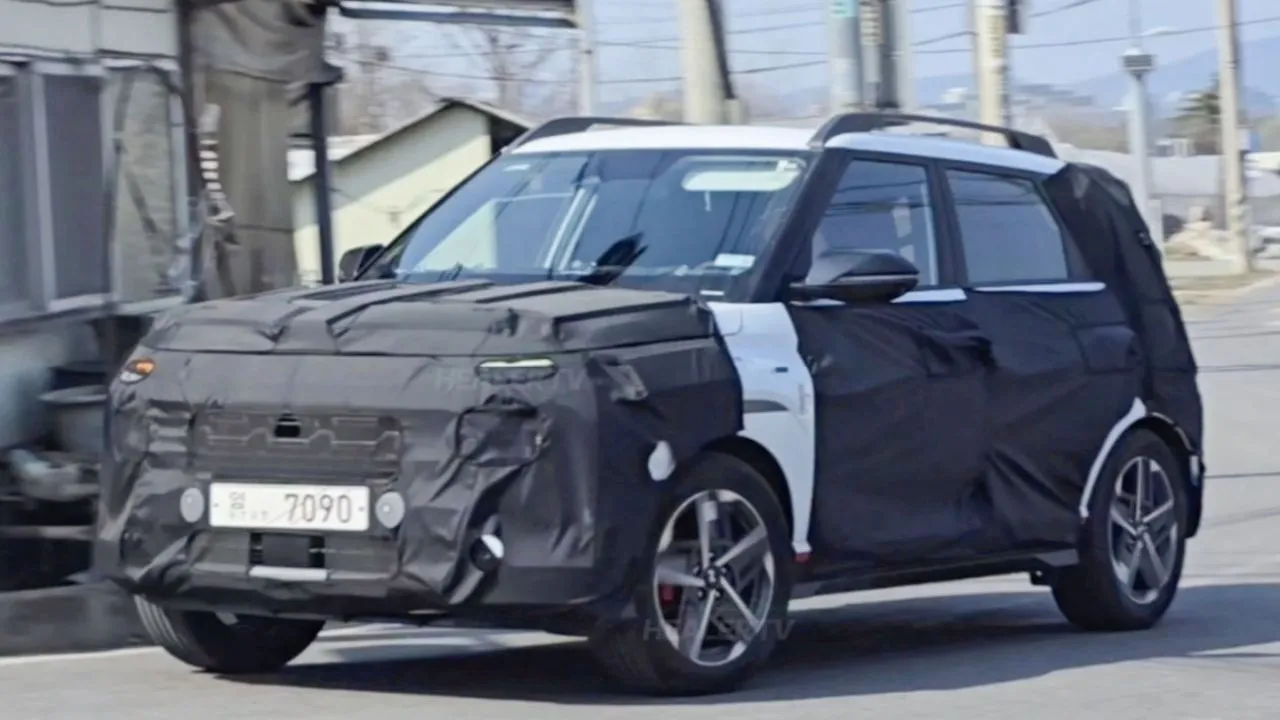
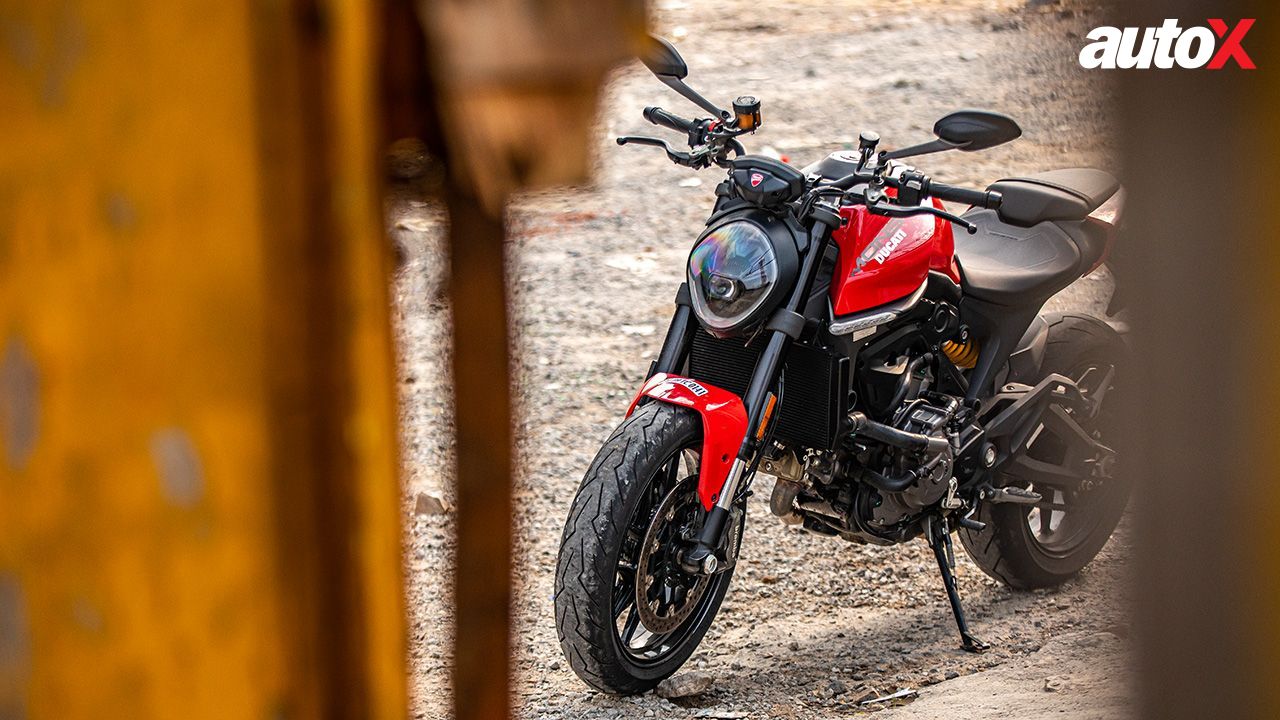
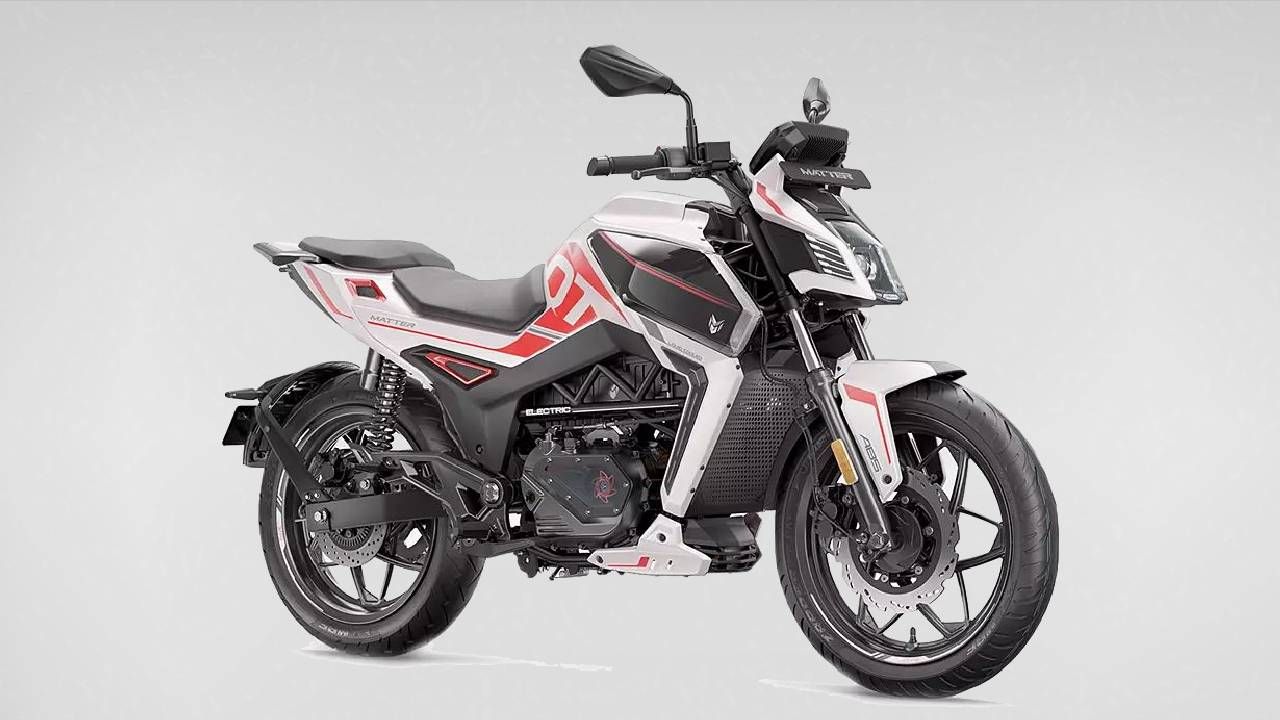














Write your Comment on